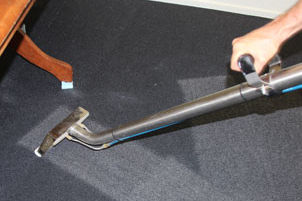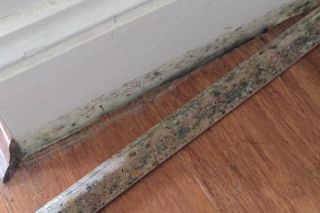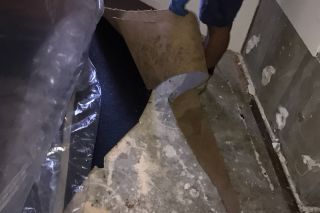What is a La Niña, and Why Does it Matter?
Today the Bureau of Meteorology is expected to declare that Australia is heading into a La Niña season.
So, what is a La Niña, how does a La Niña affect me, and what should I do to prepare? Read on to find out!
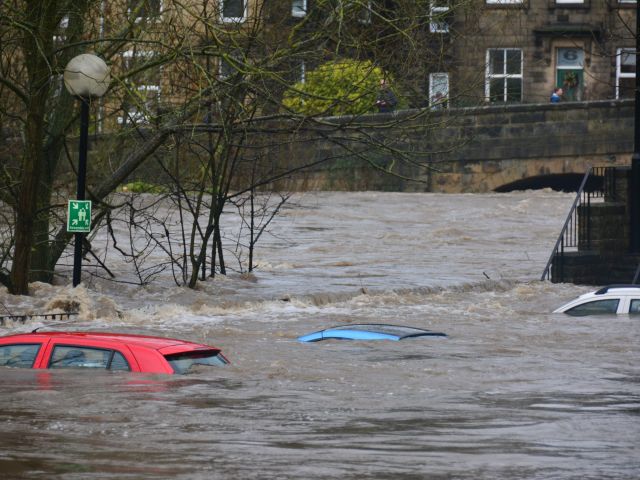
#What is a La Niña, and Why Does it Matter?
EDIT: The BoM has officially declared a La Niña is underway, read the official climate update here.
At its most basic level, La Niñas come with increased rainfall, heightened risk of cyclones, and cooler temperatures during the day. The BOM first issued a warning in mid-August but now this is expected to have solidified into a declared La Niña.
Will There be Flooding?
Parts of Australia flood every year, due to our extremely variable climate and the size of the country. However, this year is likely to have many more floods than normal. Whether this translates into floods in your area is much more difficult to predict. It depends on your altitude, proximity to bodies of water, whether you’re on a flood plain, and more. Predicting floods in any particular area is very difficult long-term, but scientists use floodplain hydraulic models to predict these numbers. However, these are all predictions at the end of the day, and none will likely be perfectly accurate for your area. However, the BOM has a helpful map, and paired with their Flood Watch warning page, you can see if any alerts have been issued for your local area.
When was the last La Niña?
There isn’t only doom and gloom on the horizon, however. 2017 was declared a La Niña, and that year kicked off the most recent drought. However, the La Niña before that was 2011, with historic flooding all across Queensland (costing an estimated $2.4 billion) and Victoria (estimated $2 billion). In Brisbane, where NLR has our homebase, the Brisbane River rose 4.6 metres and overwhelmed every restoration company in Brisbane for months.
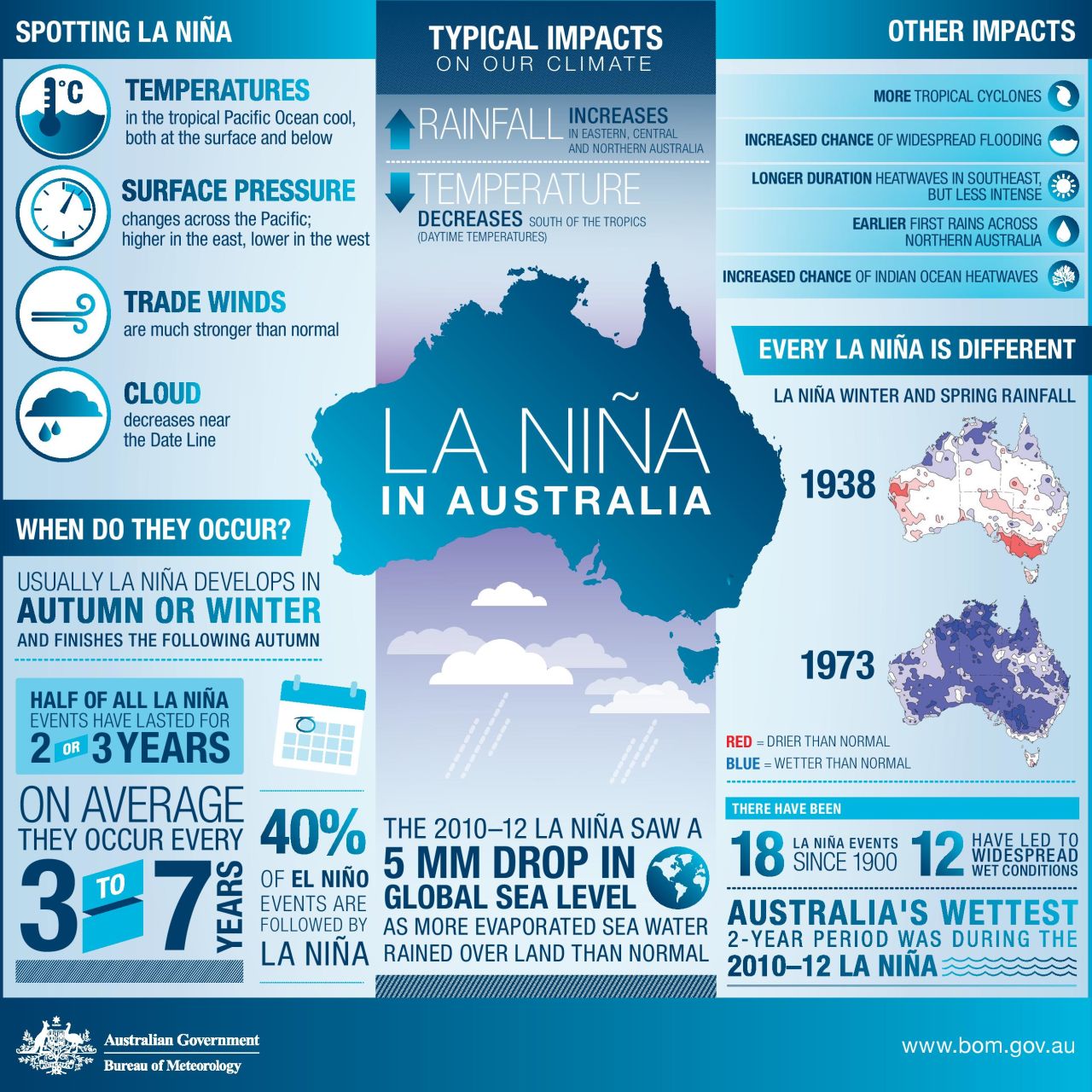
What should I do now to prepare?
Preparation for a La Niña is dependent on your context. If you’re living on a flood plain, it may be wise to make sure your pantry has a couple extra cans of food, and that you have some sandbags on hand. It’s also worth bookmarking the Bureau's Flood Warnings webpage, and periodically checking for alerts in your area.
You can also prepare an emergency kit and purchase a first-aid kit, check with authorities where the nearest relocation centres and routes are, and if you’re a homeowner, check if your insurance covers flood damage. It is also worthwhile to print and laminate a list of emergency telephone numbers, though many modern smartphones are water-resistant nowadays.
Of course, we’d recommend having our number (1300 356 633) on hand in case of floods. NLR has handled over 12,000 restoration jobs in Australia, from 500-unit floods in high-rises, to whole schools, to shopping centres and supermarkets, to (literally) thousands of homes. It is essential to get someone out quickly to mitigate the damage and dry your building, because the longer the water remains, the larger the cost to your home at the end of the day. We have technicians and phone operators available 24/7, ready to help.
For even more preparation, the Red Cross has an amazing resource that helps connect you to all the information you may need, and comes with a handy checklist for flood preparation.
Lastly, if you’re in Queensland, the government has designed a resource specifically to help you get ready for flood season.
What links can I follow to read more?
The Chief Scientist’s Flood Fact Sheet: https://www.chiefscientist.qld.gov.au/__data/assets/pdf_file/0028/49528/floods-fact-sheet.pdf
The West Australian Government’s Prepare for Flooding infosheet: https://www.dfes.wa.gov.au/safetyinformation/flood/Pages/prepareforflooding.aspx

